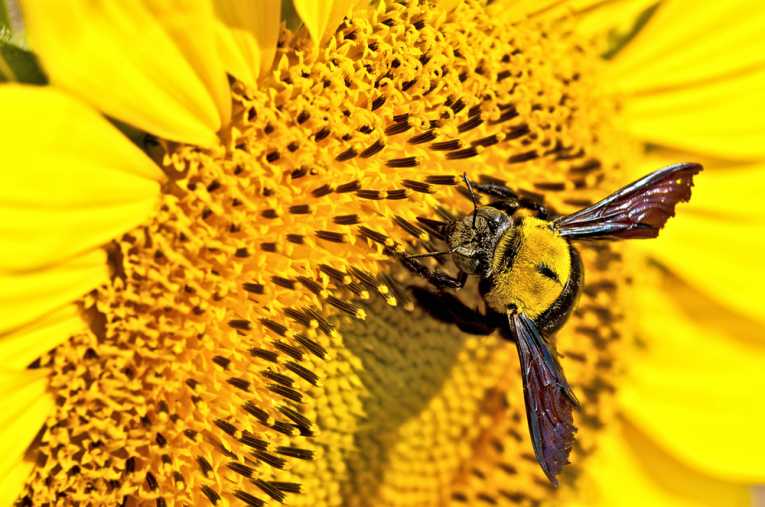MIT mathematicians have something to say about the birds and the bees, but it has nothing to do with sex. Rather, they've taken a close look at the way these creatures compete for sustenance in the field. Flowers are interested in spreading their pollen around (which does, in fact, have to do with sex, at least for the plants), and they offer sweet nectar to enlist the assistance of flying creatures. But not all nectar is made alike. As it turns out, bees are "dippers" who feed by probing flowers with their tongues. For them, a thicker, sweeter fluid is best. But birds and butterflies draw nectar through thin tubes, and that's easier when flowers supply a thinner, less sugary fluid.
The difference appears to reflect the co-evolution of pollinating plants and the creatures they depend on to carry out pollination for them. "Do the flowers want a certain type of bug or bird to pollinate them? And are they offering up the nectar of their preferred pollinator?" says John Bush, a professor of applied mathematics. "It's an interesting question whether there's a correlation between the morphology of the plant and the morphology of the insect."

Bee on the flower, collecting nectar via Shutterstock
While it might seem unusual for mathematicians to delve into subjects better suited to biologists, Bush says topics such as this offer intriguing challenges for mathematicians. Bush views the nectar viscosity issue as a interesting balance between energy delivery versus energy expenditure: thicker nectar delivers more energy, but takes more energy to transport. Each method of nectar uptake requires the ideal nectar. And that presented an intriguing opportunity to explore the mathematics of optimization in nature.
Bush and colleagues at the Massachusetts Institute of Technology studied a variety of nectar-feeding animals, including bats, hummingbirds, bees, butterflies and moths. The study was published recently in the Proceedings of the National Academy of Sciences. They discovered that species that rely on active sucking through long tubes (such as butterflies) and other species that use passive suction (capillary action) to transport the sweet stuff into their mouths (such as hummingbirds) both prefer solutions that are 33 percent sugar. In contrast, dippers, which include ants, bees and bats, all prefer heavier, sweeter nectar that's 52 percent sugar.










